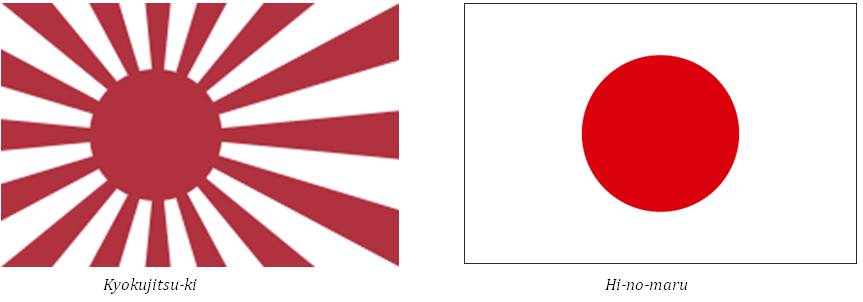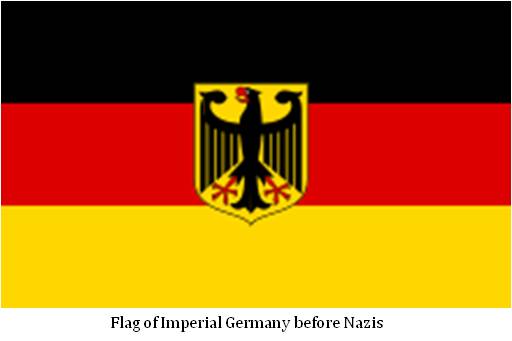Finally the Tokyo Olympics 2020 are off to a grand start with a spectacular show of opening ceremony that lasted for three hours as the grandest show on earth that the human history has ever seen. Since then the event has been a centerpiece of television debates all over the world and the Internet is choked with viewership. For the next two weeks the world will watch the marvel of Japanese technology applications in the daily lives of the common people. The spectacle of technological marvel must have delighted the hearts of all Japanese citizens including those who have stood in opposition to Olympics for some reason or the other. Holding the Olympics under the shadow of public opposition and the pandemic is an act of Japanese determination to show the world Japanese capacity to meet its international obligation at any cost and its recognition as an autonomous centre of global politico-economic management in the emerging global political system. It is the confident march of an emerging ‘flower power’ in the new international order.
Few unfortunate events and controversies have occurred that will inevitably creep into the Olympian debates more nationally than internationally. The sudden disappearance of an African participant and the firing of two officials are minor incidents and more of administrative issues that could happen anywhere and have happened in the past on several occasions. However, the sudden upsurge in the COVID-19 cases on the day of opening ceremony was really an unfortunate situation. Opponents have found new ammunition to fire at the government’s endeavour. But how many of these have resulted from the arrival of Olympic participants or caused by the clustering of protesters themselves is yet to be seen. But hopefully, as the games proceed, the COVID-19 situation is likely to ease. Because from now, most Japanese will remain glued to televisions in their homes thus restrict their movements to help maintain mandatory social distancing and check further transmission. The government’s healthcare machinery will spare no effort to contain further spread of the virus.
But most unfortunate was the controversy surrounding Japan’s national anthem Kimigayo and the national flag Kyokujitsu-ki. Since the end of the Second World War these have been the subjects of controversy both inside Japan, due to pacifist sentiments prevailing among the Japanese population, as well as outside, used as diplomatic tool to beat Japanese leadership, especially by China and Korea. Although, on occasions of importance, the use of national anthem and national flag is a natural and accepted ritual of expressing national sentiments all over the world. In order to understand the true meaning of these national symbols of Japan it is important to situate their origins in the proper context. Origins of both these are steeped deep in historical past of Japanese history.
The song Kimigayo meaning “His Imperial Majesty’s Reign” originated from the Waka1poetry the most ancient poetic form of Japan. The lyrics of "Kimigayo" are probably the oldest among the world's national anthems, and with a length of 32 characters, they are also the world's shortest. The lyrics are said to have been taken from a waka poem written by an anonymous author in the Heian period (794–1185). Despite its meaning “His Imperial Majesty’s Reign” it is in no way connected to imperialism. Since it originated during Japan’s classical period laying foundations of Japan’s rich cultural tapestry and nascent nationalism elements of nationalist sentiments may be traceable.
The story of Japanese national flag Kyokujitsu-ki2 consisting of a red disc and sixteen red rays emanating from the disc is also steeped in history. Japan’s officially adopted flag is called “Hi-no-maru” with a red disc in the centre with white background, both these flags have been in use among the public since long. The Kyokujitsu-ki was borne in the medieval Japan used by feudal warlords during the Tokugawa period. But after the Meiji Restoration and the consolidation of the Bakufu forces on May 15, 1870 the Meiji government adopted it as the flag of Japan’s imperial army. Kyokujitsu-ki’s association with imperial army is undisputable but it has remained popular even among the civilian population. During the author’s stay in Japan he has seen this flag being used by Department Stores for their sales and marketing campaigns.

Rising Sun is associated with Japan as a nation. The two Chinese characters used for writing Nihon or Nippon (Japan) of which Nichi means the Sun and Hon means origin. For centuries, the Western sobriquet for Japan has been the ‘Land of Rising Sun’. Even as early as in 607AD Chinese historical records mention that when the Japanese government sent a sovereign message to the Chinese government it used the phrase in the message “From the emperor of the Land of the Rising sun to the emperor of the setting sun.”3
However, in 1870 Japan was in no position to fight a war nor was it planning any aggressive war. Under the official policy of Kyohei (Strong Army) Japan was consolidating its military power to safe guard its independence against the western imperialism. It is a quirk of history that it has remained associated with the Army even after the war. Now, by showing this flag during Olympics, Japan would not be communicating that it is getting ready to declare war against the world.4 On the contrary it is more appropriate to construe for the ‘flower power’ that it is a statement communicating that ‘the days of real war games are being replaced by Olympic games’.
Comparing Japanese flag with Nazi flag is a travesty of truth. Nazi flag was an ideological construct based on the concept of demonstrating superiority of a particular race. Prior to 1935 Germany had a flag with three strips of basic colours of Germany with insignia in the centre as shown below. This flag was first seen in 1848 at the German Confederate and later adopted by the Weimar Republic 1919-1935. Nazis discarded it in favour of Swastika flag (1935-1945) with no history but as a symbol of cultural and racial superiority against all others in the world. This concept does not match with the origins of Japanese flag.

Japan would like the world to understand the Olympics as a show of indomitable spirit of human enterprise and for itself a giant step towards an emergent ‘flower power’.
End Notes
- Waka is the most ancient poetic form of Japan. Waka means “Japanese Poetry” at certain point in history it also meant “Song of Yamato” the Japanese race. The most ancient of Waka poetry collection is recorded in Kojiki (Ancient Chronicles of Japan) and Manyoshu.
- Andreas Illmer. Tokyo 2020: Why some people want the rising sun flag banned. BBC News. 3 January 2020
- Chinese text Washu. The Historical Records of Wa. Japan was known as Wa before 7th century.
- Japanese government has denied any association with this public display stating that it is not a political statement. The Japan Time, 23 July 2021.
Writing about the significance of this poetic form a poet named Ki no Tsurayuki wrote about thousand years ago: "The poetry of Japan has its roots in the human heart and flourishes in the countless leaves of words. Because human beings possess interests of so many kinds it is in poetry that they give expression to the meditations of their hearts in terms of the sights, appearing before their eyes and the sounds coming to their ears. Hearing the warbler sing among the blossoms and the frog in his fresh waters — is there any living being not given to song!"
Alexis Dudden. Japan’s rising sun flag has a history of horror. It must be banned at the Tokyo Olympics. The Guardian, 1 November 2019
(The paper is the author’s individual scholastic articulation. The author certifies that the article/paper is original in content, unpublished and it has not been submitted for publication/web upload elsewhere, and that the facts and figures quoted are duly referenced, as needed, and are believed to be correct). (The paper does not necessarily represent the organisational stance... More >>











Post new comment